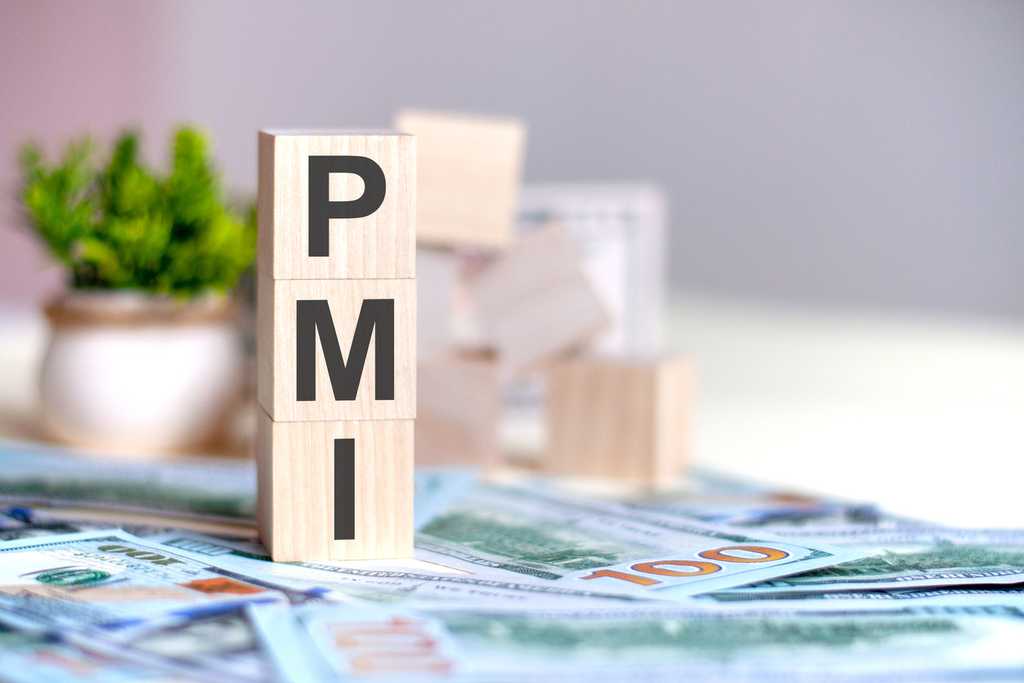Many homeowners who have mortgage loans are required to pay a mortgage insurance premium to their lender, either annually or monthly. Private mortgage insurance, or PMI, makes homeownership a reality for more people as it allows them to purchase a house without a 20-percent down payment. But it also increases the total amount paid to the lender. Luckily, it’s pretty easy for homeowners to get rid of PMI once they have a certain amount of equity in their home. Read on to learn more about PMI and how to get rid of it.
What is private mortgage insurance?
PMI is a type of insurance borrowers are required to pay lenders on certain types of loans that have a less than 20-percent down payment. PMI is put in place to protect the lender and help make mortgage loans accessible to a wider range of borrowers. PMI generally ranges from 0.5 to 2 percent of the total mortgage.
Lenders generally don’t want to give loans to risky borrowers, and a borrower with little to no down payment for a house can be at higher risk of defaulting than one who puts down a substantial payment when they buy their house.
Many people have heard that a 20% payment is required to get a mortgage, but that is a myth. There used to be a rule that borrowers needed to put down 20 percent to get a home loan, but that rule was tossed out in 1956, and private mortgage insurance was invented to help protect borrowers’ interests and encourage them to accept smaller down payments.
As the price of houses has increased, that 20% down payment has become almost impossible for most buyers to reach. For a house with a selling price of $300,000, a 20% down payment would be a whopping $60,000. Because wages have not risen at the same rate as home prices, most buyers are unable to save up such a hefty chunk of change as a down payment. Thanks to PMI they are still able to get a loan and become homeowners.
PMI is required for any borrower who puts down less than 20% on a conventional loan. Another type of mortgage insurance, which is called mortgage insurance premium or MIP, is required for any borrower who takes out an FHA loan. Other types of loans, such as those guaranteed by the U.S. Department of Veterans Affairs, do not require buyers to pay PMI even if they don’t have a down payment on the home.
How to get rid of PMI
Buyers who put down less than 20 percent on their home purchase will likely need to pay PMI. The good news is that once the buyer reaches 20 percent in equity, they can cancel the PMI and lower their monthly mortgage payment accordingly. For a $300,000 home, that means the buyer can get rid of their PMI payment once the amount they owe on their mortgage has decreased to $240,000. In other words, when the homeowner has achieved a 20% equity stake in the home.
Borrowers who take out an FHA loan with MIP will not be able to get rid of their mortgage insurance payment, however. In general, an FHA loan requires the buyer to put down an initial MIP payment at closing and also pay an annual MIP premium. The borrower is required to make this payment for the life of the loan or they will be considered to be in default, and the lender may foreclose on the home.
When can you get rid of PMI?
As soon as a borrower reaches 20% equity in their home, they can request PMI cancellation from their loan servicer. If they don’t proactively request to cancel PMI, it will automatically cancel once their equity reaches 20%. This is thanks to the Homeowners Protection Act of 1998, also known as the PMI Cancellation Act. The act was put in place to ensure that homeowners wouldn’t pay more PMI than was necessary. However, even though the act means the loan servicer is required to cancel PMI once the homeowner reaches 20% equity in their home, the homeowner may be able to save some money by canceling PMI proactively.
Can you refinance out of PMI?
Refinancing is one of the ways a homeowner can get out of paying mortgage insurance. With a conventional loan, their PMI automatically cancels once their equity reaches 20%, but with a government-backed FHA loan, the homeowner is required to pay mortgage insurance premiums, for the life of the loan. That’s where refinancing can come in handy.
Refinancing a mortgage is essentially replacing the original mortgage with a new one that has a lower interest rate or more favorable terms. For homeowners who originally took out an FHA loan, refinancing to a conventional loan can help them get rid of their mortgage insurance payments.
FHA loans are designed for borrowers who may not qualify for a conventional loan for many reasons, such as a low credit score or not enough savings for a decent down payment. In general, a 620 minimum credit score is required for a conventional loan, but the credit score requirements for an FHA loan are much lower. A borrower with a 580 score can generally get an FHA loan with a 3.5-percent down payment requirement, and borrowers with credit scores lower than that may still qualify provided they can put down at least 10 percent.
If someone originally takes out an FHA loan to buy their home, but is able to improve their credit score and build up a larger savings account, they may qualify for a conventional loan instead. After a few years of intentionally building good credit, refinancing to a conventional loan is a good option for FHA borrowers who want to get rid of mortgage insurance.
There’s also the option to refinance to a loan type that doesn’t require PMI. While conventional loans require borrowers to pay PMI if their equity is less than 20 percent, VA loans do not have any requirement for mortgage insurance. If the homeowner is a current U.S. service member or veteran who is eligible for a VA loan, they can refinance their FHA or conventional loan into a VA loan to get rid of PMI. This is the only way to get rid of PMI before the homeowner reaches the 20% equity threshold.
FAQs
Can you get rid of mortgage insurance on an FHA loan?
Unfortunately, there is no way to get rid of mortgage insurance on an FHA loan. However, if the borrower can now qualify for a conventional loan they may choose to refinance the FHA loan and get rid of mortgage insurance that way. Qualifications for conventional loans typically consist of a 620 or higher credit score, a debt-to-income ratio of 42 percent or less, and a down payment of 3 percent or more.
Some borrowers may be able to repair their credit and pay down debt after initially taking out an FHA loan, which can help them qualify for a conventional loan. This is the only way a borrower would be able to get rid of mortgage insurance on an FHA loan.
Can PMI be removed early?
The main way to get rid of PMI is to reach 20% equity in the home. That could be achieved by the homeowner reaching that level of equity through their regular monthly payments, or by making additional principal-only payments by either paying more than the required amount each month or by making lump-sum payments, such as after receiving a tax return or a work bonus.
However, it is also possible to get rid of PMI early by getting a home appraisal. If the value of the home has risen to where the homeowner has 20 percent or more in equity, they may be able to get rid of PMI earlier than anticipated.
Whether or not the lender will accept the appraisal and cancel PMI depends on the lender, so it’s important to ask the lender whether they will do this before paying for an appraisal. Appraisals typically cost about $300 to $450, and the homeowner will need to pay for this out of pocket, so if the lender won’t cancel PMI after an appraisal shows the home’s value has increased, it won’t be worth the homeowner paying for the appraisal.
How much does PMI cost?
PMI typically costs between 0.5 and 2 percent of the total mortgage amount. So, a conventional loan of $300,000 could have PMI ranging between $1,500 and $6,000 per year. That can increase the monthly mortgage payment by quite a bit depending on the size of the mortgage, and it may affect how much home a buyer can afford.
Do you never get PMI money back?
Once PMI has been paid, that money belongs to the lender and the borrower will not get it back, even if they sell the house before they reach the 20-percent equity threshold.
Can I get rid of PMI without 20 percent down?
In most cases, there is no way for the borrower to get rid of PMI until they reach 20% equity in the home. However, if they are eligible for a VA loan, they can either avoid PMI entirely or refinance into a VA loan before they have 20 percent in equity and get rid of PMI that way. However, VA loans typically come with a funding fee that must be paid at closing. Many lenders allow the borrower to roll this fee into their total mortgage amount, which means the borrower doesn’t have to pay it at closing but will have a larger loan to pay back, which means higher monthly payments.

